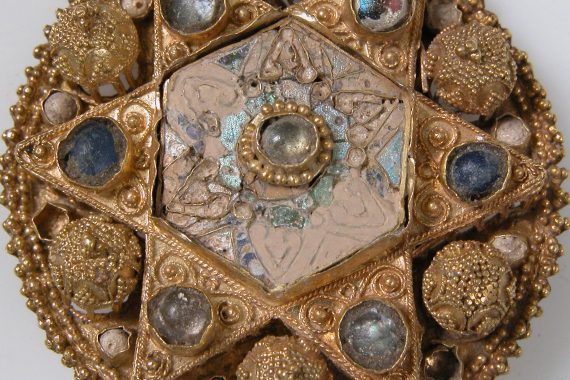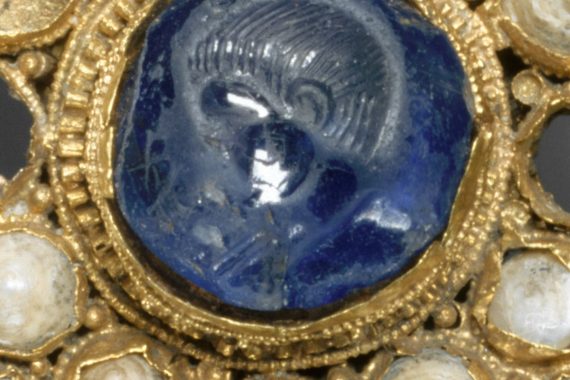Golden Madonna of Essen
Date: c. 980 Place of Production: Germany Description: 74cm-tall sculpture of the Virgin holding the infant Jesus, made from a wooden core covered with sheets of gold. It is one of the oldest known full-length, free-standing sculptures of the Madonna in the medieval West. Held at: Essen Cathedral Treasury Image 1 licensed under CC BY 2.5. Image by Arnoldius. Image…




